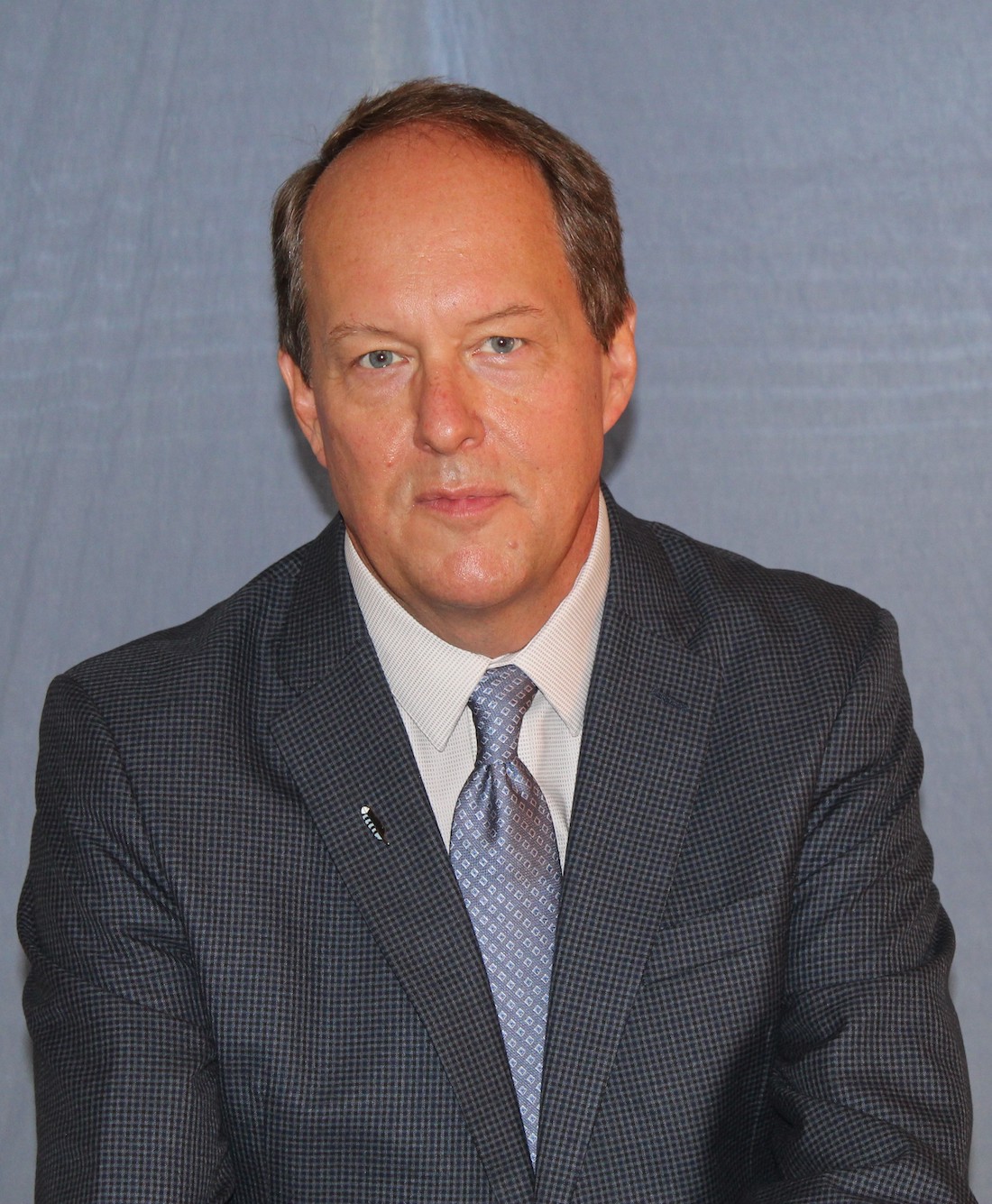In Brief: Notifications Hurting Productivity; Pollsters Seeking Credibility
By Greg Beaubien
June-July 2022
Notifications Hurting Your Productivity, Study Suggests
Notifications that arrive with dings and flashing lights — for new emails, texts and other digital messages — are overwhelming U.S. workers, a new study suggests.
Work-organizing software company Asana’s “2022 Anatomy of Work Report” finds that to perform daily tasks, managers use an average 10 apps, all of which might receive notifications. Constantly fielding messages and switching between apps derails productivity; 19 percent found their attention distracted as a result. Overall, 21 percent of respondents agreed that flicking between apps made them less efficient workers.
About two-thirds (63 percent) of U.S. employees check their work email outside of business hours — the highest percentage in the international study. At 62 percent, U.S. workers were the most likely to reply to emails right away, a number that climbs among Generation Z and millennial respondents.
Overall, 48 percent said notifications could be reduced by clearly communicating employee responsibilities. The report recommends that managers encourage workers to use “do not disturb” functions and to block time for focused work.
Political Pollsters Try to Improve Forecasts
Desperate to regain credibility after making erroneous predictions about consecutive presidential elections, the political-polling industry is about to undergo its biggest change in decades.
As Politico reports, pollsters are embracing new methods in the run-up to the 2022 midterms and the 2024 presidential election. Americans have become harder to reach, rendering traditional polling methods increasingly untenable.
Experimenting with new ways to collect data, pollsters are trying to contact potential respondents by text message instead of phone calls. Pollsters also seek to adjust collected data so it more accurately reflects the entire electorate. To include the hardest-to-reach Americans, pollsters are combining multiple contact methods in the same polls.
Even amid such experimentation, many traditional methods of polling — phone surveys, calling lists of registered voters — still dominate. Said Dan Judy, a Republican pollster with North Star Opinion Research, “if you try something new, and the new way is also improper, maybe you get a different result — but it could also be wrong.”
Returning Workers Rediscover Joys of the Office
Firmer work-life boundaries, in-person conversations with other people and quiet commutes rank among the benefits employees are rediscovering as they return to the office after working remotely during the pandemic, says The Wall Street Journal.
Liz Johnson, a sales director at staffing firm Robert Half International in Raleigh, N.C., makes a 40-minute drive to the office once a week, by choice. Around other people, she feels like her energized self again. “I’m like, ‘Old Liz is back,’” she says. “I knew she was still there.”
Shutting off a computer at 5 or 6 p.m. means something again. Back in the office, people are working fewer hours, enduring fewer pointless meetings and feeling more human. Working at home has its perks, but in the office, “I’m so much happier,” Johnson says.
In research from Stanford University, Instituto Tecnológico Autónomo de México and the University of Chicago, face-to-face collaboration, socialization and better office equipment were the top benefits that employees returning to offices cited. — Greg Beaubien
Workers Resign, Talent Demand Soars, Qualified Candidates Grow Scarce
As employees leave for greener pastures or embrace freelance or part-time work, demand for talent has become more competitive.
In a recent survey, 50 percent of companies said their hiring plans fell short last year. Organizations can’t find sufficient numbers of qualified candidates, says the new report by GoodTime, a company that offers meeting software and “candidate relationship intelligence.”
Among HR professionals surveyed, 60 percent said it now takes longer to hire new people. Forty-six percent said their top hiring goal for 2022 is to create genuine relationships with candidates.
Respondent companies that were 34 percent mostly or fully remote said they struggled with a lack of qualified candidates, compared to 22 percent of fully or mostly in-office companies who said the same. Job-seekers, also surveyed, said they had become more selective.
In an August 2021 PricewaterhouseCoopers survey, employers assumed “company purpose and values” were top hiring incentives, but employees considered flexible work schedules more important.



